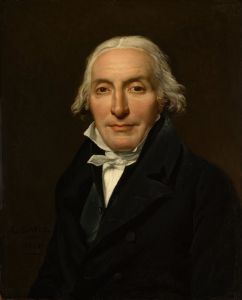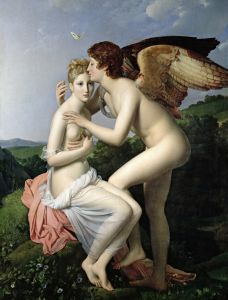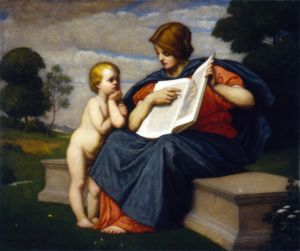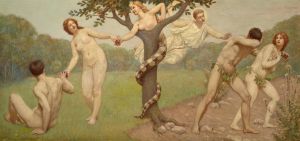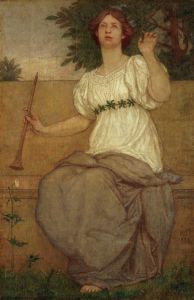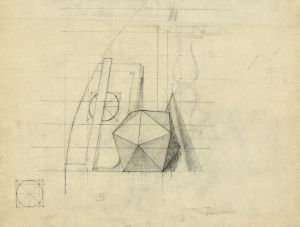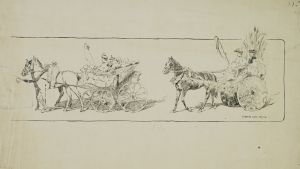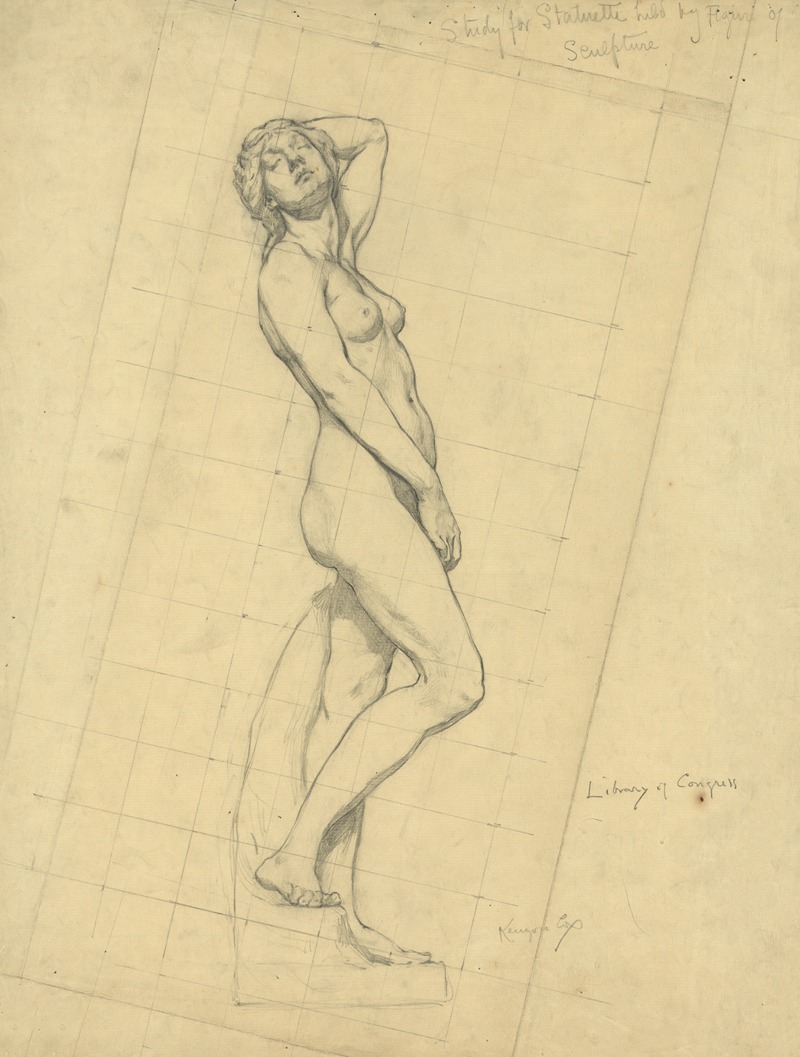
Study for statuette held by figure of Sculpture
A hand-painted replica of Kenyon Cox’s masterpiece Study for statuette held by figure of Sculpture, meticulously crafted by professional artists to capture the true essence of the original. Each piece is created with museum-quality canvas and rare mineral pigments, carefully painted by experienced artists with delicate brushstrokes and rich, layered colors to perfectly recreate the texture of the original artwork. Unlike machine-printed reproductions, this hand-painted version brings the painting to life, infused with the artist’s emotions and skill in every stroke. Whether for personal collection or home decoration, it instantly elevates the artistic atmosphere of any space.
Kenyon Cox (1856–1919) was an American painter, illustrator, muralist, and art critic, known for his academic style and contributions to American art in the late 19th and early 20th centuries. One of his notable works is "Study for statuette held by figure of Sculpture," which exemplifies his dedication to classical themes and meticulous draftsmanship.
Kenyon Cox was born in Warren, Ohio, and showed an early interest in art. He studied at the McMicken School of Design in Cincinnati and later at the Pennsylvania Academy of the Fine Arts. Seeking further education, Cox traveled to Paris in 1877, where he enrolled at the École des Beaux-Arts and studied under the renowned French academic painter Jean-Léon Gérôme. His time in Paris profoundly influenced his artistic style, grounding him in the principles of academic art, which emphasized technical skill, classical themes, and idealized beauty.
"Study for statuette held by figure of Sculpture" is a preparatory drawing that Cox created as part of his process for a larger mural or painting. This study showcases his ability to render the human form with precision and grace. The drawing depicts a figure holding a statuette, which is a common motif in Cox's work, reflecting his admiration for classical sculpture and his belief in the importance of the human figure in art.
Cox's work often involved allegorical subjects, and this study is no exception. The figure holding the statuette likely represents the personification of Sculpture, one of the classical arts. This theme aligns with Cox's broader body of work, which frequently included allegories of the arts, virtues, and other abstract concepts. His approach to these subjects was heavily influenced by his academic training and his commitment to the ideals of beauty and harmony.
Throughout his career, Cox was also a prolific writer and critic. He contributed essays and reviews to various art journals, advocating for the values of academic art and often critiquing the emerging modernist movements of his time. His writings provide valuable insights into his artistic philosophy and the broader art world of his era.
In addition to his easel paintings and drawings, Cox was a prominent muralist. He completed numerous public and private commissions, including murals for state capitols, courthouses, and libraries. His murals often featured allegorical figures and classical themes, executed with the same attention to detail and idealized beauty seen in his smaller works.
Kenyon Cox's legacy as an artist and educator is significant. He taught at the Art Students League of New York, where he influenced a generation of American artists. His commitment to academic principles and his skillful execution of classical themes have earned him a lasting place in the history of American art.
"Study for statuette held by figure of Sculpture" is a testament to Cox's dedication to his craft and his ability to convey complex allegorical themes through the human form. It reflects his deep understanding of classical art and his commitment to the ideals of beauty and harmony that defined his career.





